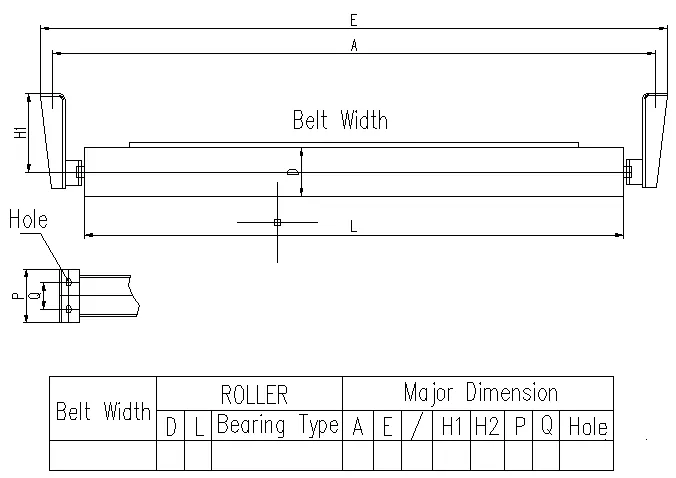 Afrikaans
Afrikaans  Albanian
Albanian  Amharic
Amharic  Arabic
Arabic  Armenian
Armenian  Azerbaijani
Azerbaijani  Basque
Basque  Belarusian
Belarusian  Bengali
Bengali  Bosnian
Bosnian  Bulgarian
Bulgarian  Catalan
Catalan  Cebuano
Cebuano  Corsican
Corsican  Croatian
Croatian  Czech
Czech  Danish
Danish  Dutch
Dutch  English
English  Esperanto
Esperanto  Estonian
Estonian  Finnish
Finnish  French
French  Frisian
Frisian  Galician
Galician  Georgian
Georgian  German
German  Greek
Greek  Gujarati
Gujarati  Haitian Creole
Haitian Creole  hausa
hausa  hawaiian
hawaiian  Hebrew
Hebrew  Hindi
Hindi  Miao
Miao  Hungarian
Hungarian  Icelandic
Icelandic  igbo
igbo  Indonesian
Indonesian  irish
irish  Italian
Italian  Japanese
Japanese  Javanese
Javanese  Kannada
Kannada  kazakh
kazakh  Khmer
Khmer  Rwandese
Rwandese  Korean
Korean  Kurdish
Kurdish  Kyrgyz
Kyrgyz  Lao
Lao  Latin
Latin  Latvian
Latvian  Lithuanian
Lithuanian  Luxembourgish
Luxembourgish  Macedonian
Macedonian  Malgashi
Malgashi  Malay
Malay  Malayalam
Malayalam  Maltese
Maltese  Maori
Maori  Marathi
Marathi  Mongolian
Mongolian  Myanmar
Myanmar  Nepali
Nepali  Norwegian
Norwegian  Norwegian
Norwegian  Occitan
Occitan  Pashto
Pashto  Persian
Persian  Polish
Polish  Portuguese
Portuguese  Punjabi
Punjabi  Romanian
Romanian  Russian
Russian  Samoan
Samoan  Scottish Gaelic
Scottish Gaelic  Serbian
Serbian  Sesotho
Sesotho  Shona
Shona  Sindhi
Sindhi  Sinhala
Sinhala  Slovak
Slovak  Slovenian
Slovenian  Somali
Somali  Spanish
Spanish  Sundanese
Sundanese  Swahili
Swahili  Swedish
Swedish  Tagalog
Tagalog  Tajik
Tajik  Tamil
Tamil  Tatar
Tatar  Telugu
Telugu  Thai
Thai  Turkish
Turkish  Turkmen
Turkmen  Ukrainian
Ukrainian  Urdu
Urdu  Uighur
Uighur  Uzbek
Uzbek  Vietnamese
Vietnamese  Welsh
Welsh  Bantu
Bantu  Yiddish
Yiddish  Yoruba
Yoruba  Zulu
Zulu mining conveyor pulleys
Understanding Mining Conveyor Pulleys A Crucial Component of Material Handling Systems
In the mining industry, efficient transportation of materials is essential for operational success. One of the key components that facilitate this movement is the conveyor pulley. These pulleys serve critical functions in conveyor systems, optimizing material handling processes and enhancing overall efficiency.
The Role of Pulleys in Conveyor Systems
Conveyor pulleys are mechanical devices used to guide and support the conveyor belts that transport ore, coal, and other materials. They are typically cylindrical and come in various sizes and configurations depending on the specific requirements of the mining operation. The primary functions of conveyor pulleys include changing the direction of the belt, supporting the tension of the belt, and providing a means for the belt to drive the material along the conveyor system.
Types of Conveyor Pulleys
There are several types of conveyor pulleys, with the most common being drive pulleys, idler pulleys, and snubber pulleys.
1. Drive Pulleys These are powered pulleys connected to a motor. They are responsible for driving the conveyor belt forward and are usually located at the head of the conveyor system. The performance and efficiency of a drive pulley significantly impact the overall productivity of the conveyor system.
2. Idler Pulleys These pulleys are not powered but are essential for supporting the belt and maintaining its alignment. Idler pulleys are distributed along the length of the conveyor, helping to maintain tension and reduce sagging, which can lead to wear and inefficiencies.
mining conveyor pulleys

Materials and Designs
The design and material composition of conveyor pulleys are crucial to their performance and longevity. Most pulleys are made from steel or aluminum, providing the strength needed to withstand heavy loads and harsh mining environments. The outer surface of pulleys may be coated or textured to enhance grip, reducing the likelihood of slippage between the belt and the pulley.
Engineered designs may also include features such as self-cleaning capabilities to remove debris that can accumulate on the pulley surface, which is particularly important in dusty and muddy mining conditions.
Maintenance and Longevity
Proper maintenance of conveyor pulleys is vital for ensuring their longevity and optimal performance. Regular inspections can help identify wear and tear, misalignments, or other issues that could lead to system failures. Operators should check for signs of corrosion, misalignment, and belt wear. Implementing a proactive maintenance strategy can prevent costly downtime and extend the lifespan of the equipment.
Conclusion
In summary, mining conveyor pulleys play a vital role in the efficiency and effectiveness of material handling systems within the mining industry. Understanding the different types of pulleys, their functions, and maintenance requirements is crucial for operators looking to enhance operational efficiency. As technology advances and mining methods evolve, continuous improvements in pulley design and materials will further support the industry's need for reliable and robust material transportation solutions. Investing in high-quality conveyor pulleys and maintaining them effectively can lead to significant improvements in productivity and operational cost savings.
-
Revolutionizing Conveyor Reliability with Advanced Rubber Lagging PulleysNewsJul.22,2025
-
Powering Precision and Durability with Expert Manufacturers of Conveyor ComponentsNewsJul.22,2025
-
Optimizing Conveyor Systems with Advanced Conveyor AccessoriesNewsJul.22,2025
-
Maximize Conveyor Efficiency with Quality Conveyor Idler PulleysNewsJul.22,2025
-
Future-Proof Your Conveyor System with High-Performance Polyurethane RollerNewsJul.22,2025
-
Driving Efficiency Forward with Quality Idlers and RollersNewsJul.22,2025





























